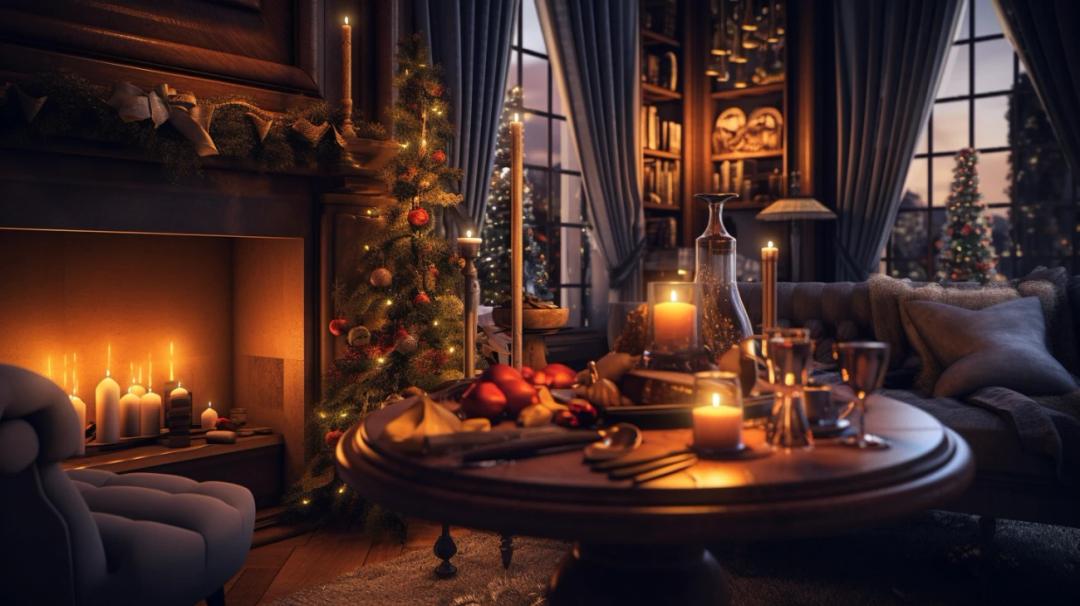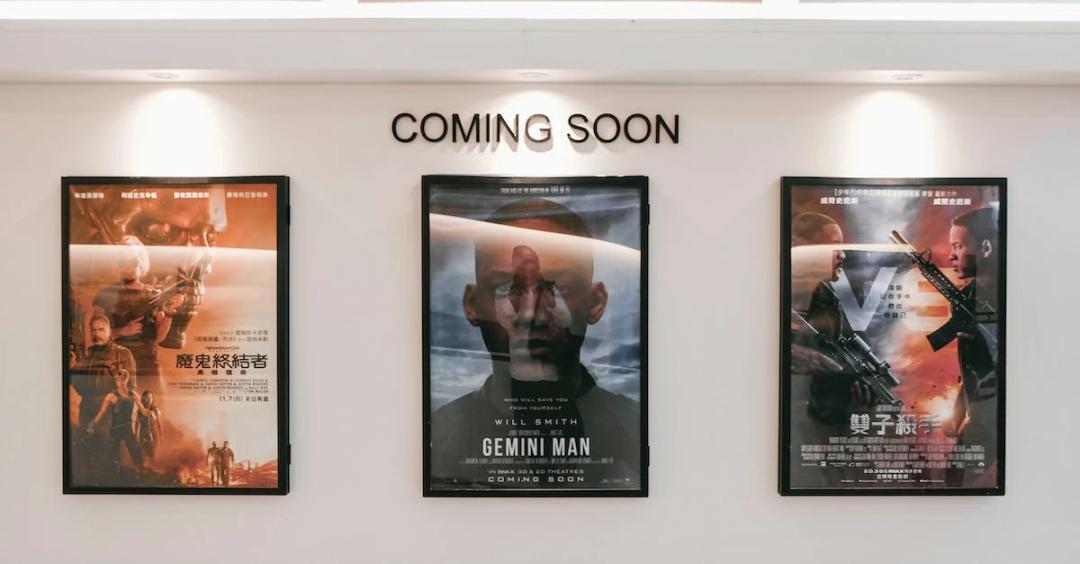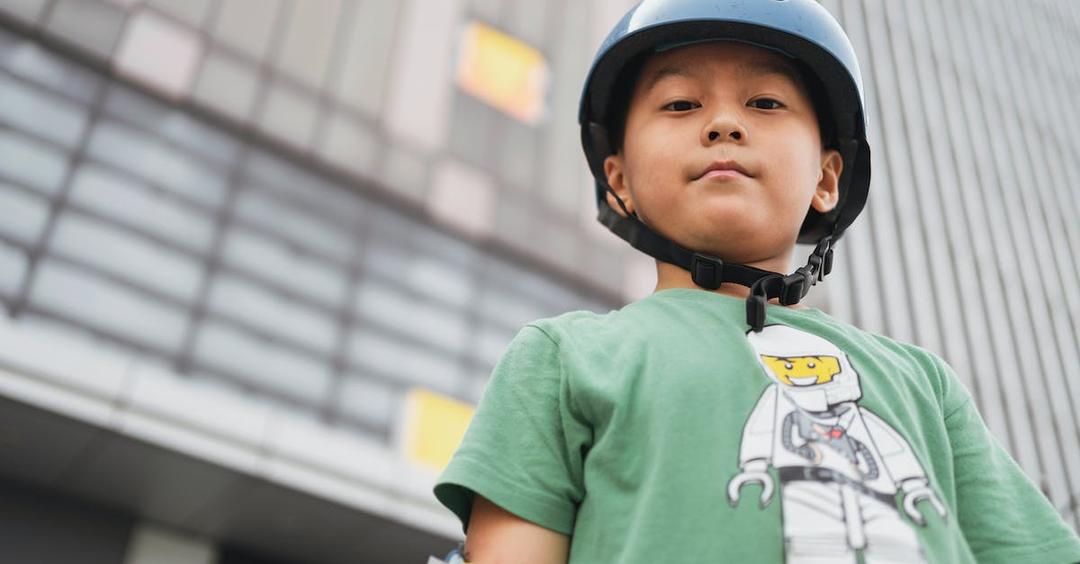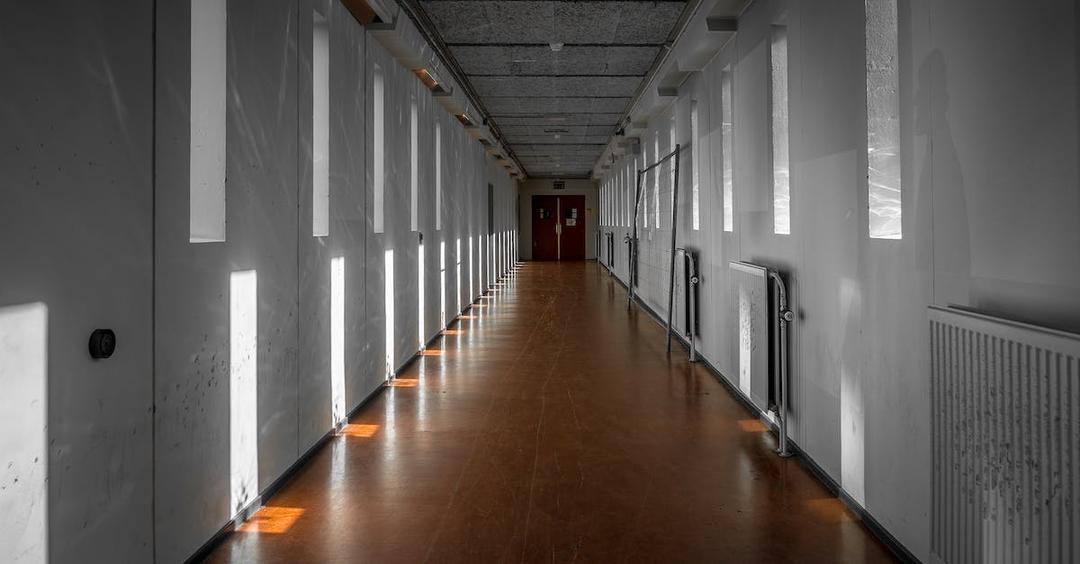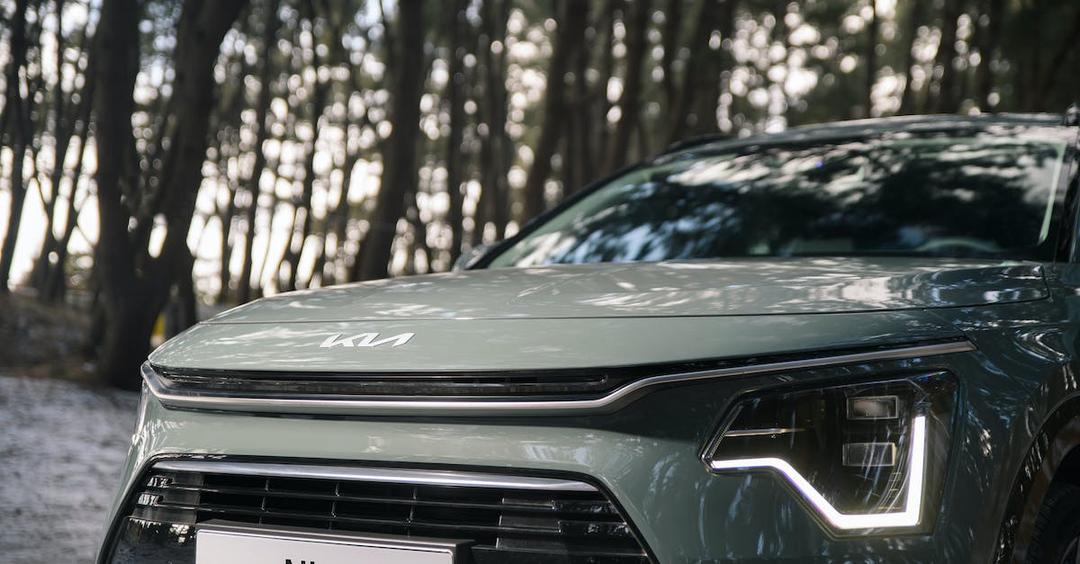
Szukam Informacji - Garść interesujących ciekawostek
Polecane artykuły
Zaskakujące kulisy sesji zdjęciowej Vogue Polska przed premierą numeru

Odkryj fascynującą filozofię stojącą za sesjami zdjęciowymi Vogue Polska. Poznaj ponadczasową modę w nowym wydaniu i zajrzyj za kulisy powstawania kolejnego numeru magazynu.
Nowy numer „Vogue Polska Living”: ponowiona klasyka

Odkryj fascynującą historię kanadyjskiej nowej fali designu, która przełamuje konwencje i redefiniuje pojęcie ponadczasowości w modzie i wnętrzach.
Suki waterhouse i robert pattinson zostali rodzicami: szczegóły wiadomości

Suki Waterhouse i Robert Pattinson zostali rodzicami według doniesień mediów. Na świat przyszła ich pierwsza córka. Para została przyłapana na spacerze z wózkiem dziecięcym, choć nie potwierdzili oficjalnie narodzin dziecka.
Finał projektu #HerStory w Hotelu Bristol: Wydarzenia, Nagrody, Wystawy

projekt #HerStory Hotelu Bristol to inicjatywa promująca równość kobiet w biznesie i karierze. Gala nagrodziła kobiety sukcesu, a panele dyskusyjne pokazały, jak przełamać szklany sufit
Sylwester solo - świetne zabawy od lat!

Sylwester solo to spełniona i świadoma decyzja dla tych, którzy potrafią cieszyć się własnym towarzystwem. To czas na refleksję, przyjaźń z samym sobą i oderwanie od społecznych oczekiwań.
Ceremonia wręczenia Oscarów 2024: najnowsze wieści, zwycięzcy i niespodzianki

poznaj najnowsze wieści, listę zwycięzców i największe niespodzianki oscarowej gali. Sprawdź, gdzie obejrzeć nominowane filmy i kreacje z czerwonego dywanu!
Kategoria Filmy
Najbardziej wyczekiwane premiery filmowe 2024: Przewodnik dla kinomanów

Przewodnik po najbardziej wyczekiwanych premierach filmowych 2024. Sprawdź, na jakie premiery filmowe 2024 czekamy najbardziej - kiedy, gdzie i za ile obejrzeć najnowsze hity.
Oppenheimer 2023 - czy najnowszy film Christophera Nolana zachwyca?

Film "Oppenheimer" to kolejny hit Ch. Nolana o naukowcu, który stał za stworzeniem bomby atomowej. Wciągająca fabuła i świetne aktorstwo w produkcji ukazującej narodziny broni jądrowej i związany z tym dramat ludzkich wyborów.
Spider-Man: Przez Multiversum 2023 - recenzja najnowszej odsłony przygód Człowieka Pająka

Nowy Spider-Man z Tomem Hollandem w roli głównej. Peter Parker próbuje naprawić bałagan w multiwersum, gdy z innych wymiarów zaczynają przybywać znajomi wrogowie. Recenzja filmu pełna akcji i niespodzianek dla fanów MCU.
Role gangsterskie Roberta De Niro - twarz kina gangsterskiego

Robert De Niro - legenda kina gangsterskiego. Jego role w filmach Martina Scorsese na zawsze zmieniły oblicze gatunku. Aktor wniósł psychologiczną głębię i realizm w sportretowaniu przestępczego półświatka. Dzięki niemu kino sensacyjne stało się sztuką.
News
Najmodniejsze fryzury: 8 najważniejszych trendów na 2024 rok

Przegląd najważniejszych trendów fryzjerskich 2024. Blunt bob, pixie cut, długie włosy i inne modne cięcia. Jakie fryzury będziemy nosić w nadchodzącym roku?
Niezwykły ślub Vanessy Hudgens w meksykańskim Tulum w kreacjach Very Wang i inne szczegóły.

Vanessa Hudgens wyszła za mąż za Cole'a w egzotycznym hotelu Azulik. Panna młoda olśniewała w sukni od Very Wang nawiązującej do stylu modelek z lat 90. Para bawiła się świetnie, dając prywatny koncert.
Najnowsze Trendy Modowe od Marciano by Guess - Inspiruj się i Wybierz Styl

Kolekcja Marciano by Guess zachwyca odważną kolorystyką i finezyjnymi dodatkami. Sylwestrowe stylizacje nabierają wyrazistego charakteru dzięki licznym akcentom i nawiązaniom do stylu retro.
Jakie fasony butów będą rządzić sezonem wiosna-lato?

W artykule znajdziesz przegląd najgorętszych trendów jeśli chodzi o buty na sezon wiosna-lato 2024. Od odważnych kozaków latem po ponadczasowe sneakersy i delikatne baleriny. Sprawdź, co będzie modne!
Spider-Man: Bez drogi do domu - gdzie obejrzeć i recenzja przełomowego filmu

Film Spider-Man: Bez drogi do domu to jedna z najlepszych produkcji o przygodach Człowieka-Pająka. Zawiera mnóstwo akcji, humoru i niespodzianek. Zebrał same pozytywne recenzje od krytyków i widzów. Koniecznie trzeba go obejrzeć, jeśli jest się fanem MCU i komiksowych superbohaterów.
Przeliczanie jednostek - hektary na metry, metry sześcienne na litry i inne konwersje

Przeliczania podstawowych jednostek miar - długości, pola, objętości i masy. Jak przeliczyć hektary na metry kwadratowe, metry sześcienne na litry, kilogramy na gramy i tony. Przydatne wzory i przykłady obliczeń.







